Dali’s Creative Thinking
Creativity & Art
Dali’s Creative Thinking
By Michael Michalko via Creativitypost
 How to conjure up dreamlike imagery from your subconscious. In the history of art, most people could easily argue that Salvador Dalí is the father of surrealistic art. Surrealism is the art of writing or painting unreal or unpredictable works of art using the images or words from an imaginary world. Dali's art is the definition of surrealism. Throughout his art he clearly elaborates on juxtaposition (putting similar images near each other), the disposition (changing the shape of an object), and morphing of objects, ranging from melted objects dripping, to crutches holding distorted figures, to women with heads of bouquets of flowers.
How to conjure up dreamlike imagery from your subconscious. In the history of art, most people could easily argue that Salvador Dalí is the father of surrealistic art. Surrealism is the art of writing or painting unreal or unpredictable works of art using the images or words from an imaginary world. Dali's art is the definition of surrealism. Throughout his art he clearly elaborates on juxtaposition (putting similar images near each other), the disposition (changing the shape of an object), and morphing of objects, ranging from melted objects dripping, to crutches holding distorted figures, to women with heads of bouquets of flowers. Surrealism is the stressing of subconscious or irrational significance of imagery, or in more simplistic terms, the use of dreamlike imagery. Dalí's absurd imagination has him painting pictures of figures no person would even dream of creating. How was Salvador Dali able to conjure up these extraordinary images from his subconscious that he used in his surrealistic paintings?
Dali was intrigued with the images which occur at the boundary between sleeping and waking. They can occur when people are falling asleep, or when they are starting to wake up, and they tend to be extremely vivid, colorful and bizarre. He experimented with various ways of generating and capturing these fantastical images.
His favorite technique is that he would put a tin plate on the floor and then sit by a chair beside it, holding a spoon over the plate. He would then totally relax his body; sometimes he would begin to fall asleep. The moment that he began to doze the spoon would slip from his fingers and clang on the plate, immediately waking him to capture the surreal images.
The extraordinary images seem to appear from nowhere, but there is a logic. The unconscious is a living, moving stream of energy from which thoughts gradually rise to the conscious level and take on a definite form. Your unconscious is like a hydrant in the yard while your consciousness is like a faucet upstairs in the house. Once you know how to turn on the hydrant, a constant supply of images can flow freely from the faucet. These forms give rise to new thoughts as you interpret the strange conjunctions and chance combinations.
Following is a blueprint for the technique:
• Think about your challenge. Consider your progress, your obstacles, your alternatives, and so on. Then push it away and relax.
• Totally relax your body. Sit on a chair. Hold a spoon loosely in o
ne of your hands over a plate. Try to achieve the deepest muscle relaxation you can.
ne of your hands over a plate. Try to achieve the deepest muscle relaxation you can.
• Quiet your mind. Do not think of what went on during the day or your challenges and problems. Clear your mind of chatter.
• Quiet your eyes. You cannot look for these images. Be passive. You need to achieve a total absence of any kind of voluntary attention. Become helpless and involuntary and directionless. You can enter the hypnogogic state this way, and, should you begin to fall asleep, you will drop the spoon and awaken in time to capture the images.
• Record your experiences immediately after they occur. The images will be mixed and unexpected and will recede rapidly. They could be patterns, clouds of colors, or objects.
• Look for the associative link. Write down the first things that occur to you after your experience. Look for links and connections to your challenge. Ask questions such as:
What puzzles me?
Is there any relationship to the challenge?
Any new insights? Messages?
What's out of place?
What disturbs me?
What do the images remind me of?
What are the similarities?
What analogies can I make?
What associations can I make?
How do the images represent the solution to the problem?
 A restaurant owner used this technique to inspire new promotion ideas. When the noise awakened him, he kept seeing giant neon images of different foods: neon ice cream, neon pickles, neon chips, neon coffee, and so on. The associative link he saw between the various foods and his challenge was to somehow to use the food itself as a promotion.
A restaurant owner used this technique to inspire new promotion ideas. When the noise awakened him, he kept seeing giant neon images of different foods: neon ice cream, neon pickles, neon chips, neon coffee, and so on. The associative link he saw between the various foods and his challenge was to somehow to use the food itself as a promotion.
The idea: He offers various free food items according to the day of week, the time of day, and the season. For instance, he might offer free pickles on Monday, free ice cream between 2 and 4 P.M. on Tuesdays, free coffee on Wednesday nights, free sweet rolls on Friday mornings, free salads between 6 and 8 P.M. on Saturdays and so on. He advertises the free food items with neon signs, but you never know what food items are being offered free until you go into the restaurant. The sheer variety of free items and the intriguing way in which they are offered has made his restaurant a popular place to eat.
The images you summon up with this technique have an individual structure that may indicate an underlying idea or theme. Your unconscious mind is trying to communicate something specific to you, though it may not be immediately comprehensible. The images can be used as armatures on which to hang new relationships and associations.
In another example, the owner of a fourth-generation funeral home tried Dali’s technique and he conjured up images of coffee, people gathering over coffee and general stores. These reminded him of his great-grandfather who owned a general store where people would gather and drink coffee. The great grand-father later converted part of the general store into a funeral home and started the family business.
The images inspired the idea of adding a “Coffee Corner” to the funeral home. The facilities now include business offices, viewing rooms, a chapel and now a coffee corner where a Starbucks operates in a special wing off to the side. The owner describes it as simply one more service for people to choose, but certainly one that’s not mandatory. The funeral home Starbucks will also be open to the public not just to those attending services. Only Dali’s technique could conjure up a Starbucks funeral home.
Salvador Dali’s Creative Thinking Technique By Michael Michalko via Creativitypost
Michael Michalko is the author of the highly acclaimed Thinkertoys: A Handbook of Creative Thinking Techniques; Cracking Creativity: The Secrets of Creative Genius; ThinkPak: A Brainstorming Card Deck and Creative Thinkering: Putting Your Imagination to Work.











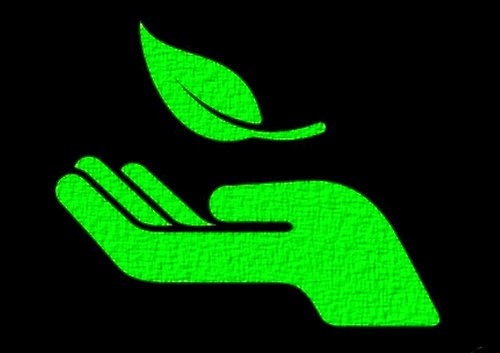








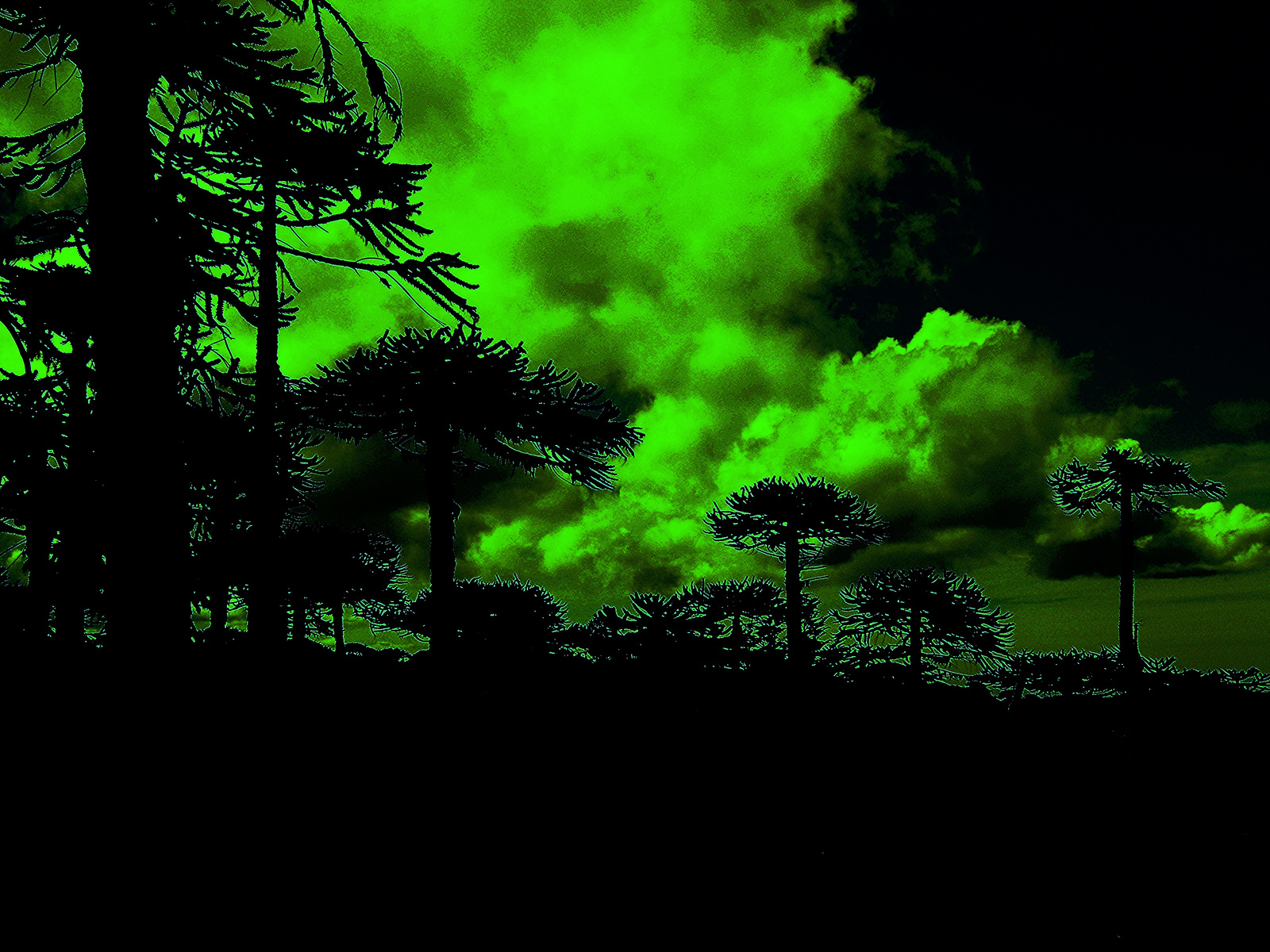

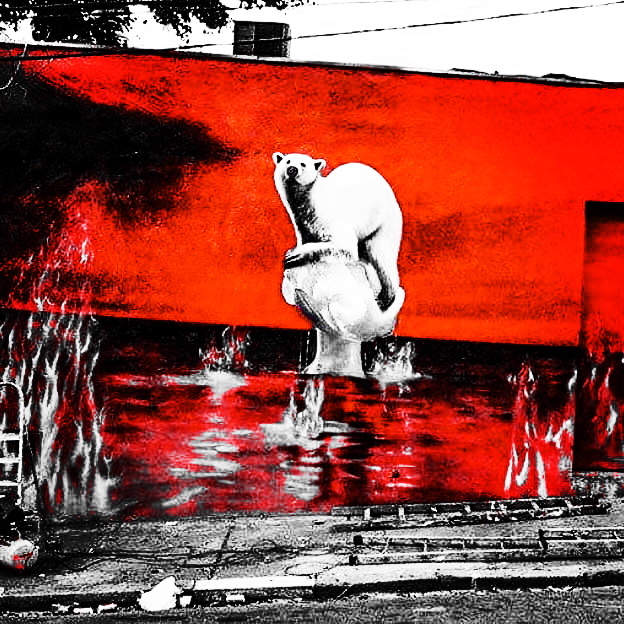
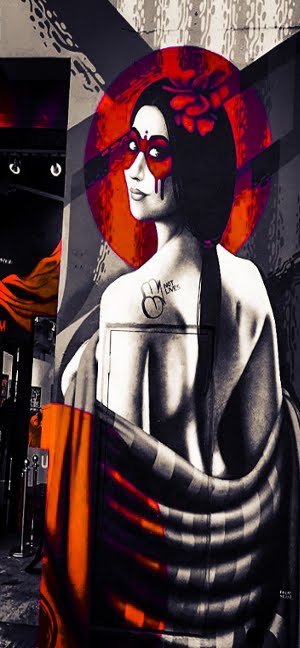

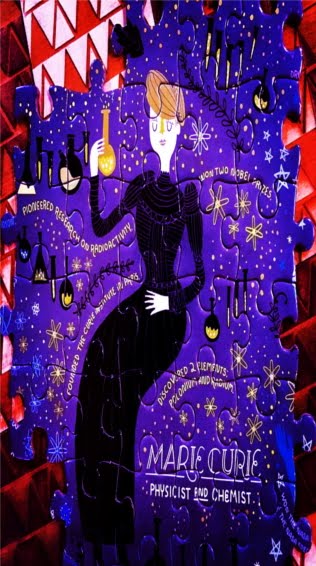



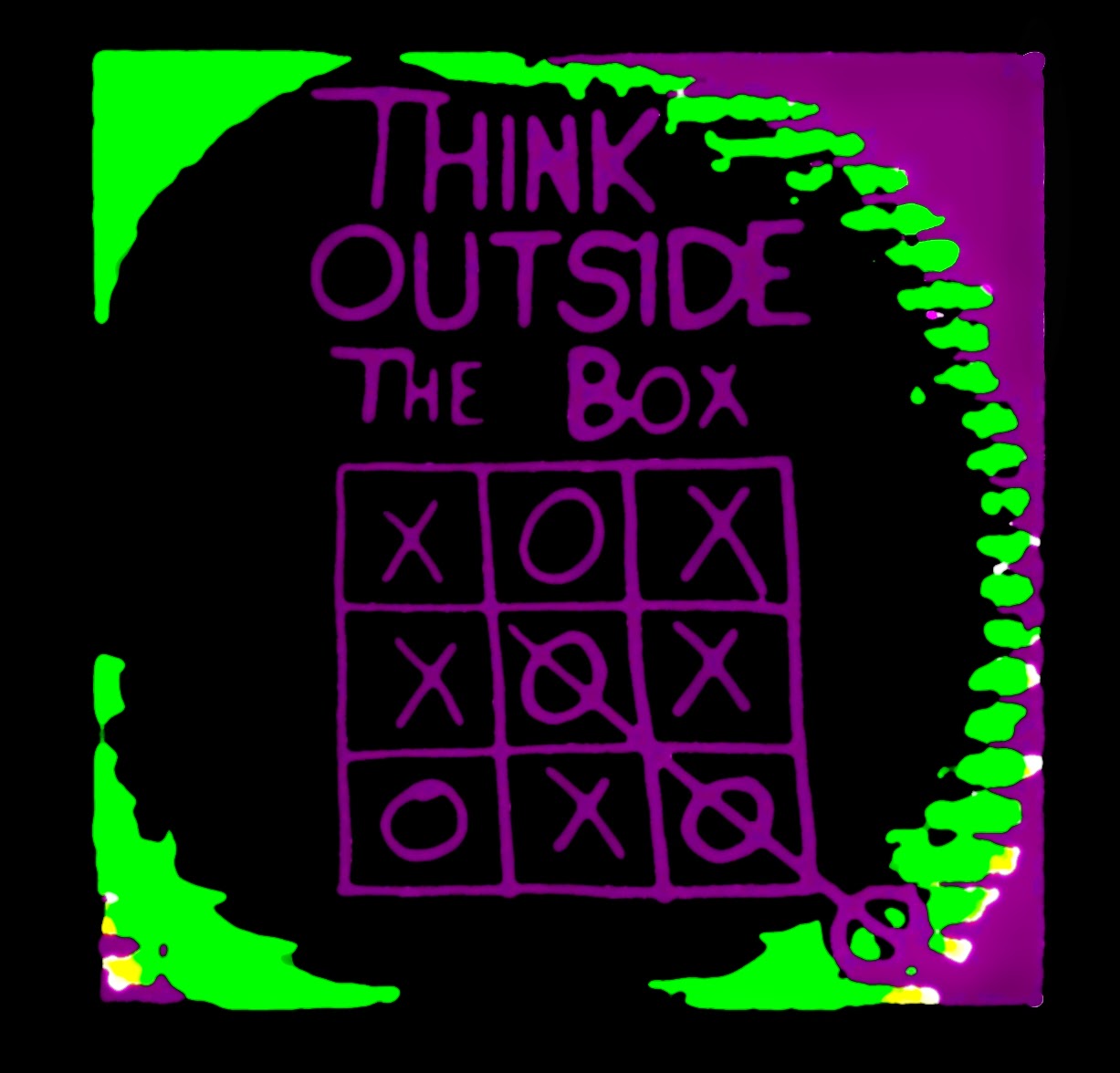
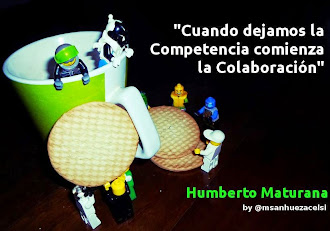
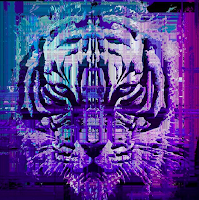

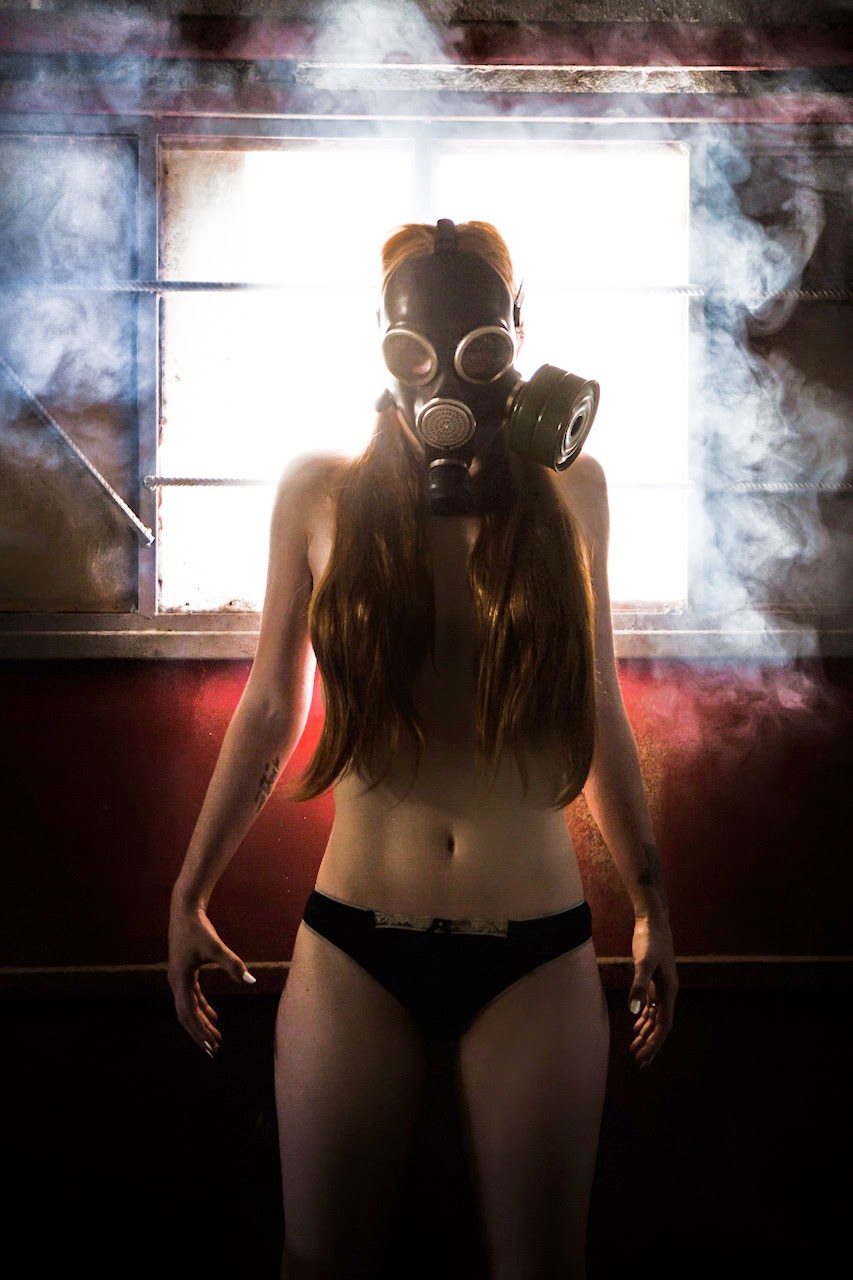










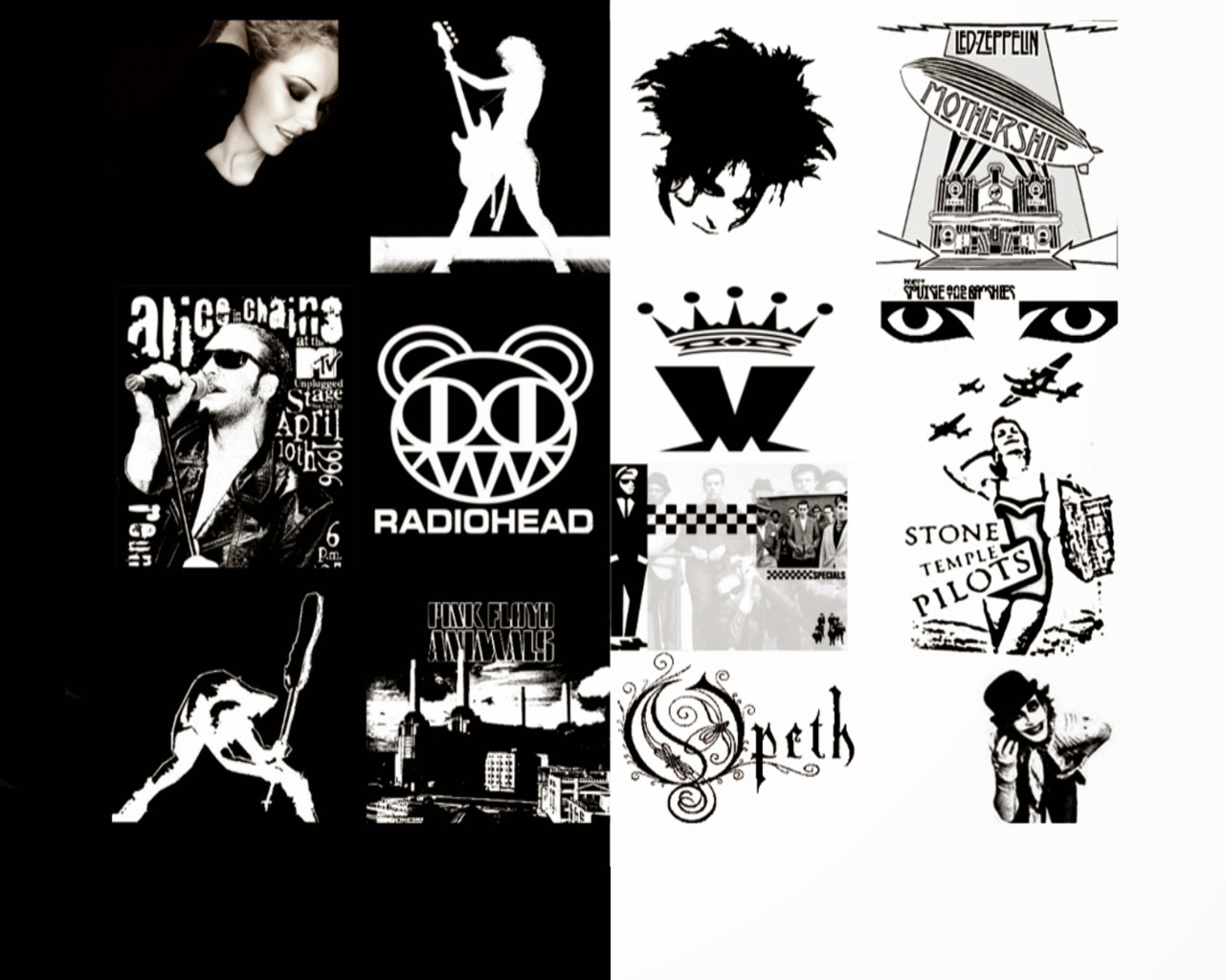


0 comentarios :